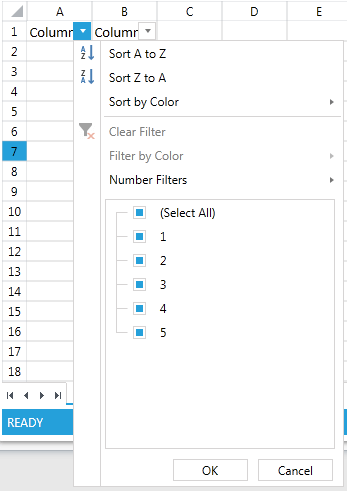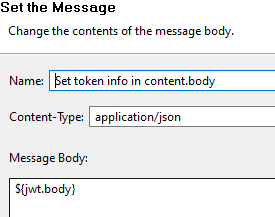

In any of those documents, a line ending with a colon is a project header a line beginning with a tab and a dash ( -) is a task a line beginning with a tab without a dash is a note. The other big advantage is that this simplicity is reflected “under the hood”: TaskPaper documents are simply plain-text documents. I love how easy it is to quickly add content and structure to a document. Formatting is handled automatically: project names are in larger, bold type notes appear in gray type and starting an item with a space indents the entire item, adding a bullet for tasks.

Tap the Add (+) button (or tap return if you’re already editing) to add a new item tap return before entering text to choose whether the new item is a project, task, or note.

Within each document, you can have projects (separate lists or sections), tasks (items in a project), and notes (text notes within a project). What makes TaskPaper unique is that instead of strictly formatted to-do lists, TaskPaper uses free-form documents with a few easy-to-remember text conventions. Like its desktop counterpart, the iPhone version is a solid task-management app that forgoes complex features in favor of an elegant, but surprisingly capable, interface that can handle much more than to-do lists. The developer has finally taken care of that criticism with TaskPaper for iPhone. Hog Bay Software didn’t have an iPhone version.
#Taskpaper item path filter for mac#
Biggest complaint about TaskPaper for Mac was that


 0 kommentar(er)
0 kommentar(er)
